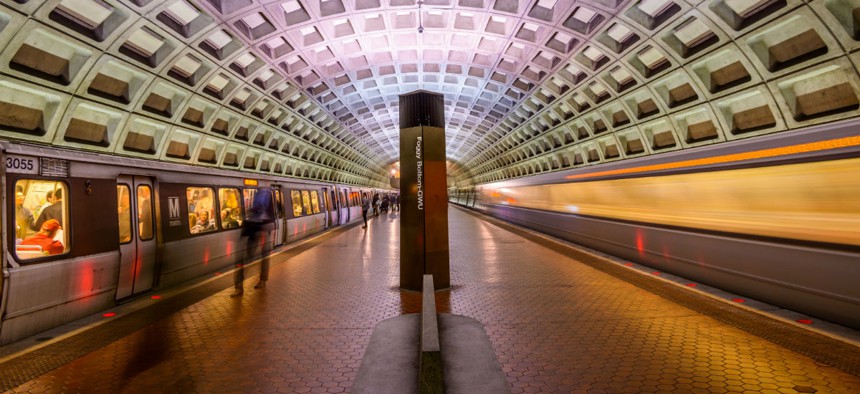
Sean Pavone / Shutterstock.com
Since the beginning of this year, there have been at least nine slashings on the New York City subway.
This spate—up from three during the same time frame in 2015—is an “aberration,” according to the police commissioner, William J. Bratton. The attacks have been random, tied to no particular location, targeted at no particular type of person. The perpetrators have acted independently, on unclear motives.
Nevertheless, the MTA and the NYPD are ramping up preventative efforts. The Police Department will put additional teams of uniformed officers on patrol throughout the subway and has asked the transit authority to ban career criminals from public transportation—a motion that the MTA has previously resisted due to the questionable constitutionality of such a broad restriction.
Across the city, transit riders are nervous. Especially when such events are labeled a “trend,” it’s natural to think of them as inevitable and set oneself on edge. But is it productive?
No, says the Hunter College psychology professor Jason Young. “If you begin to worry, and keep that worry salient, it works to your own undoing because you can no longer function,” he says.
The question becomes: “How can you strike the balance between not being too freaked out, and being vigilant enough?” he adds.
From a statistical perspective, attacks like the subway slashings tend to be over-dramatized, Young tells CityLab. But their inherently arbitrary nature makes them a tricky threat for residents to respond to. “People are the single most unpredictable element in crowded places,” Young says.
Around 6 million people ride the subway every day; for those who live in urban settings, public transit is often an essential part of everyday life. It’s also an aspect of existence over which one has remarkably little control. The confined space of a subway car “creates a highly sensitized environment,” Young says. During a spike in crime, people tend to feel trapped, and emotions like fear can transmit quickly.
The best way to “modulate anxiety” in such a situation, Young says, originates from the same place as the worry itself: one’s mind.
The psychological element of public safety is something that the MTA has already explored. In 2007, the New York transit system launched its “if you see something, say something” campaign in an effort to engage the community in crime awareness and reporting. In Corporate Risk and National Security Redefined, Karen Lund Petersen argues that this initiative serves another, more abstract purpose:
Visibility creates public safety. It does so in in at least two ways. First, it is assumed that the visibility of access control mechanism makes people aware that something is done and thereby makes them feel safer. There is a clear link between visibility and the management of fear. Second, visibility is also making people participate in the identification of danger. And that is important because, as the director of the Port Authority argued, “When you start to participate as a public, you begin to all own the issue” (Port Authority 2010).
This campaign, Young says, touches on the two crucial tenets of the psychologist Ronald W. Rogers’s “protective motivation theory”: response efficacy and self-efficacy. Response efficacy outlines a set of specific preventative behaviors to follow in the event of a threat; self-efficacy is a person’s confidence in their ability to perform those procedures.
Mentally rehearsing a calm reaction to a crime or a threat, Young says, will go a long way toward managing your fear while commuting. And crucially, when passengers exude a sense of ease and competency, it sets the tone for everyone riding in the car.
The other key to fearless commuting, Young says, is maintaining an awareness of the statistical improbability of such an attack. People tend to overestimate or exaggerate their incidence rates, but “all of these things tend to have a very low likelihood,” he says.
Even so, an official response to events like the New York subway slashings is necessary, and the city is providing one: in addition to the extra security measures initiated by the MTA and the NYPD, police officers are now waking sleeping passengers to prevent them from becoming crime victims, reports the New York Daily News.
Yet it’s also important, Young says, for people to reassert a sense of control over their situation by meeting institutional measures halfway—like the passengers who have taken matters into their own hands and independently ditched their habit of dozing off on the train.
(Image via Sean Pavone / Shutterstock.com)






